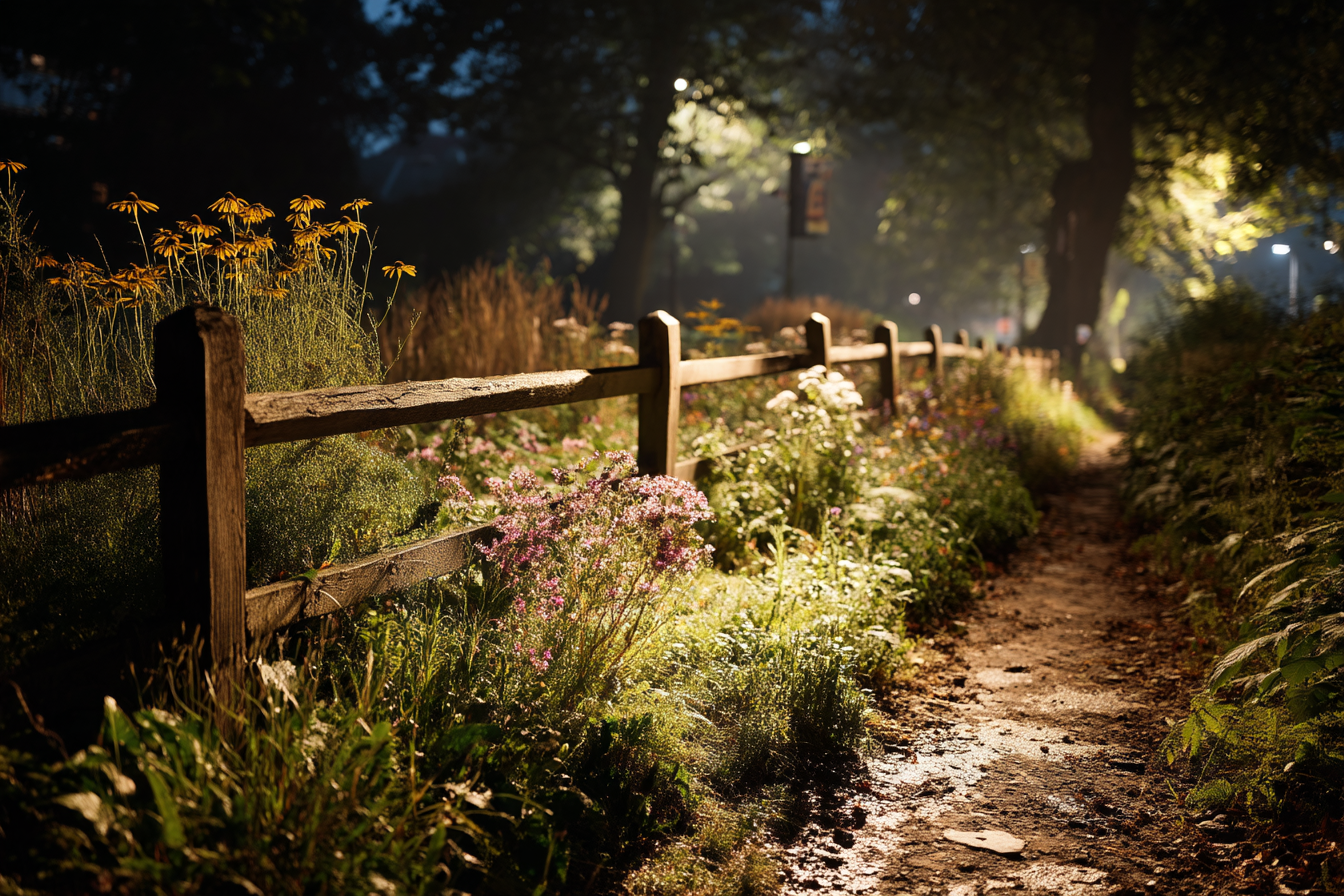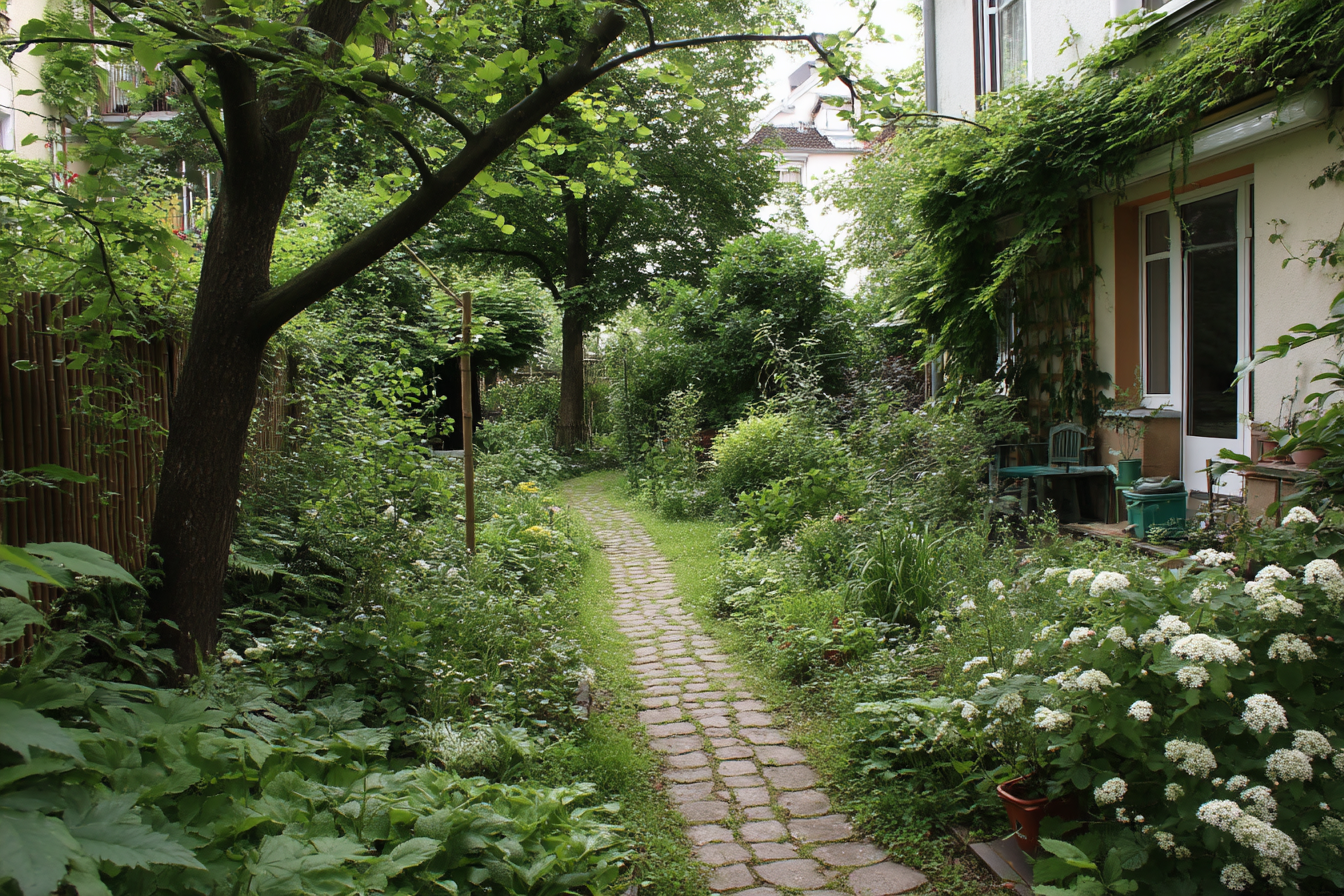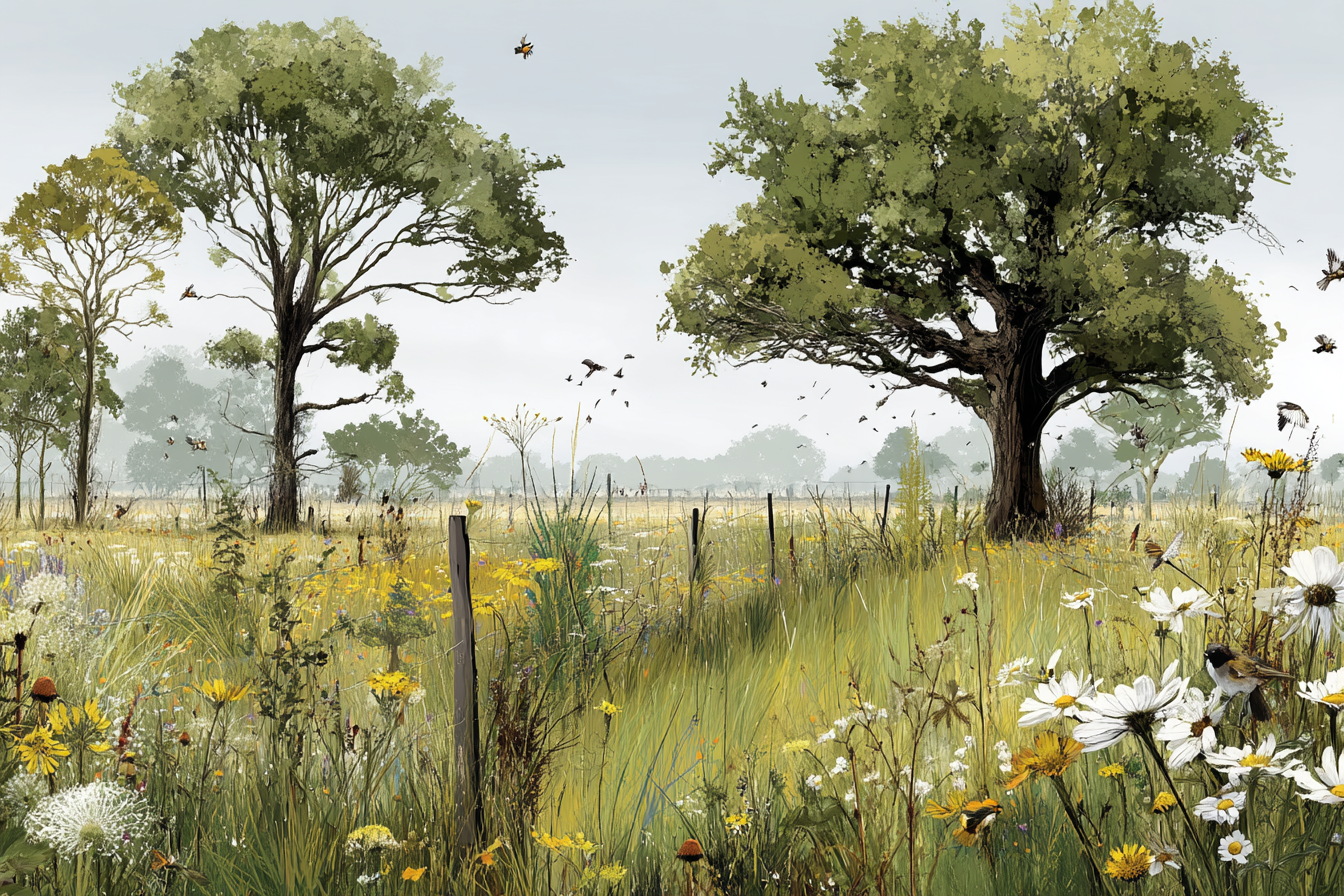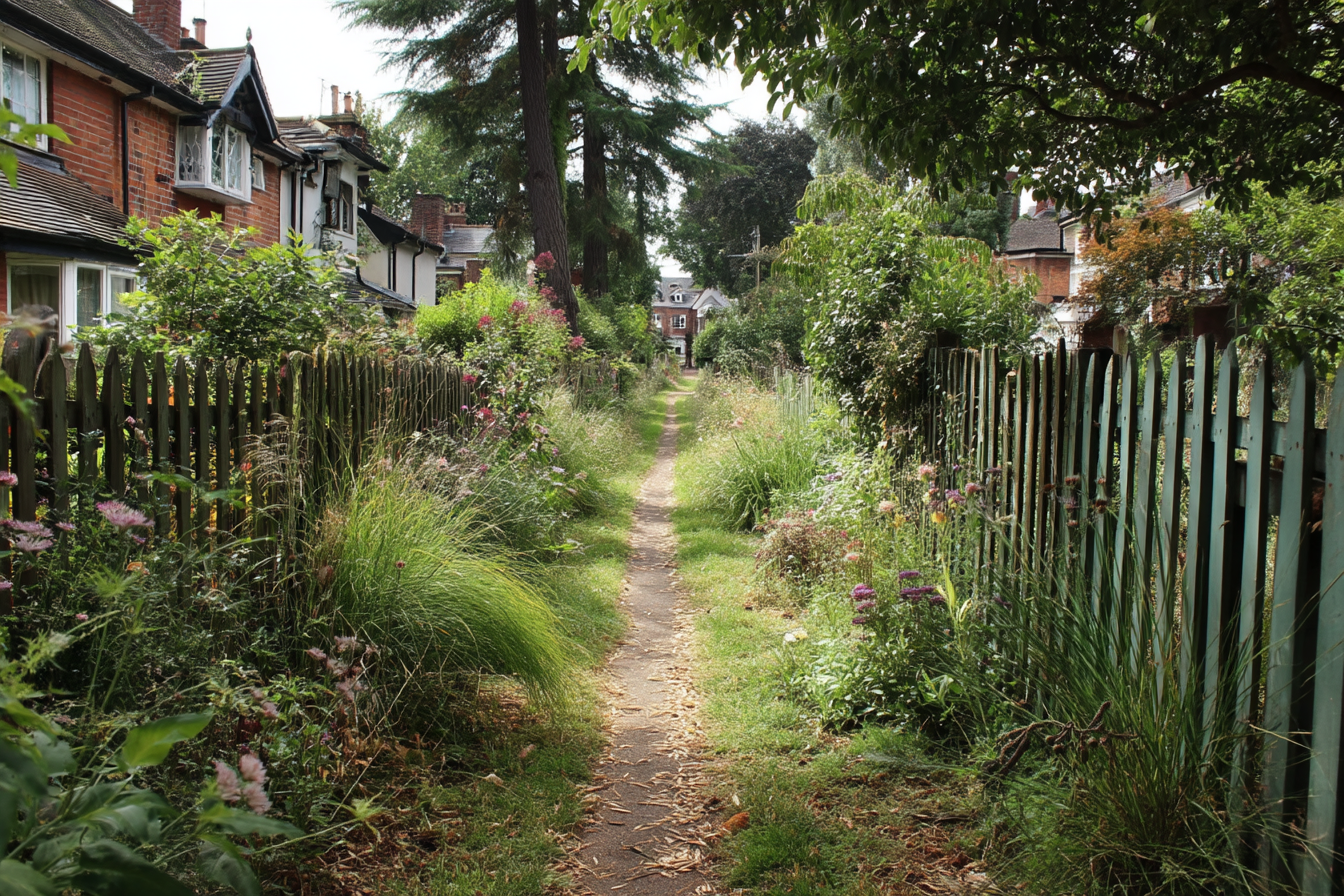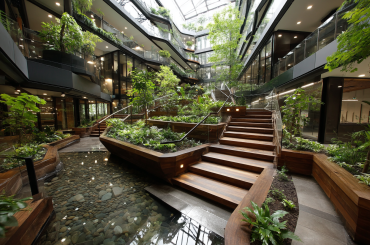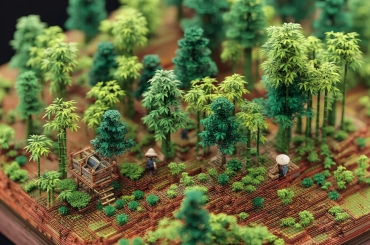It started with frogs. Well, the lack of them, actually.
For three years after moving into my Bristol home, I’d been transforming the garden from a patchy lawn into what I grandly called my “urban ecosystem.” I’d added a small pond, planted native shrubs, installed insect hotels, and spent countless weekends pulling up invasive species. I was absolutely convinced I was creating a wildlife paradise. Then my niece Lily came to visit.
“Where are all the frogs?” she asked, peering into my carefully designed pond with the kind of blunt disappointment only a seven-year-old can deliver. “You said there’d be frogs.”
I stammered something about them being shy, but the truth was crushing: despite all my supposedly wildlife-friendly efforts, not a single amphibian had chosen my garden as home. No tadpoles, no frogs, nothing. It was a proper wake-up call. I’d been making all these changes based on general principles and Instagram-friendly #wildlifegardening advice, but I had absolutely no idea if I was actually improving biodiversity.
That embarrassing moment kicked off what my friends now teasingly call my “garden census” obsession – my journey into home-scale biodiversity assessment. It turns out that knowing whether your environmental efforts are actually working is both incredibly important and surprisingly complex. But don’t worry – after four years of mistakes, revelations, and occasionally scaring my neighbors by crawling around my garden with a magnifying glass at dawn, I’ve figured out approaches that actually work for normal people with lives and jobs and limited scientific equipment.
First things first: what exactly do I mean by biodiversity assessment? Simply put, it’s systematically observing and recording the variety of living things in your space – be it a garden, balcony, yard, or community plot. It’s moving beyond vague impressions (“I think I’m seeing more butterflies this year”) to something more concrete. It doesn’t need to be complicated doctoral-level research; even basic consistent observation can teach you tons.
My first attempt was an absolute disaster, I’ll admit it. Inspired by a BBC documentary about ecology field work, I created a fifty-page monitoring journal with complicated grids for recording everything from soil pH to bird flight patterns. I stuck with it for exactly two days before abandoning it in a drawer. It was way too much. We environmentalists tend to dive into the deep end, but if you’re just starting, I promise you can keep it manageable.
Let’s start with the simplest but most powerful technique: seasonal photo points. I learned this from Jamie, a restoration ecologist who helped with our community garden project. Choose specific spots in your outdoor space, mark them (I use small bamboo stakes with bright ribbon), and take photos from exactly the same position and angle every month or season. Make sure your markers won’t be disturbed by mowing or curious pets (my cat Harold destroyed my first set within hours).
These photo series become incredibly revealing over time. I’ve been doing this for three years now, and watching the changes has been fascinating. Areas I thought were thriving sometimes weren’t, while spots I’d almost given up on showed surprising resilience. Plus, it takes about five minutes once you’ve set it up. Even my most time-strapped friends have managed to keep this practice going.
Soil testing was my next frontier, and it’s where I made my most embarrassing mistake. After spending £85 on a professional testing kit with all sorts of complicated chemical components, I discovered our local council offers free basic soil testing for residents. Typical. Check if your area has similar programs before investing in equipment.
That said, even simple DIY tests can tell you a lot. I use a basic pH test kit from the garden center twice yearly, testing the same spots each time. Soil biodiversity thrives in slightly acidic to neutral soils (roughly 6.0-7.0 pH), though some plants prefer different ranges. When I started, my back garden was a startlingly acidic 4.8 – great for rhododendrons, terrible for pretty much everything else I wanted to grow and all the soil organisms I wanted to encourage.
The most important soil biodiversity indicators don’t need fancy equipment at all. Grab a trowel, dig up a small section about 20cm deep, and simply look. Are there worms? How many? Is the soil crumbly or compacted? Does it smell rich and earthy or sour and anaerobic? I keep a ridiculously simple record: just a 1-5 score for worm count and soil structure each season. When I started, most areas were a depressing 1 or 2. Now they’re mostly 4s, with a couple ambitious 5s near the compost area.
My neighbor thinks I’m absolutely mad because she once caught me lying face-down in the garden with a magnifying glass examining a patch of soil. I told her I was counting springtails – those tiny hopping insects that indicate healthy soil ecosystems. She slowly backed away. Some people just don’t understand the excitement of finding a thriving microarthropod community in your vegetable bed.
Speaking of insects – they’re your biodiversity canaries in the coal mine. When I realized my garden renovation wasn’t bringing in the wildlife I’d hoped for, insects became my main focus. But tracking them seemed overwhelming until I met Simon, an amateur entomologist who taught me the transect method at a workshop.
Basically, you establish a straight line through your space (mine goes from the back door to the apple tree), and walk it slowly once a week during growing season, counting every insect you see within one meter on either side. You don’t need to identify every species precisely – I use simple categories: bees, butterflies, flies, beetles, and “others.” I do mine on Sunday mornings with coffee, and it takes about 15 minutes.
My first count was depressing – seven insects total, mostly houseflies. Last Sunday’s count? Forty-three, including four butterfly species and several types of wild bees. That’s meaningful improvement I can actually measure. The neighbors have gotten used to seeing me creeping along with my coffee mug and notebook, muttering numbers to myself.
For plant diversity assessment, I was overwhelmed until Ruth, my botanist friend, suggested the quadrat method. It sounds fancy but it’s just a 1×1 meter square frame (I made mine from old PVC pipes) that you place in different parts of your garden to count plant species. I do three permanent locations, checking them twice yearly.
I was shocked to discover my supposedly diverse garden had only 8-10 plant species per square meter when I started. The lawn section was the worst – basically a monoculture with two grass species and the occasional dandelion. Now my average is 23 species per quadrat, and the ex-lawn area is leading with 27 different plants coexisting quite happily.
The birds took me longest to figure out a good system for. I tried the standard “sit and count all birds for exactly one hour” approach, but inevitably the doorbell would ring at minute 58 or I’d get distracted by something else that needed doing. My current method is far more realistic for my life: a 10-minute count with morning coffee, focused just on who’s using the feeders and bird bath. I use a simple checklist with common garden birds, and it lives right by the kitchen window.
The transformation has been remarkable. When I started, I had house sparrows, starlings, and the occasional wood pigeon. Pretty standard urban bird fare. This morning I recorded nine species including a bullfinch pair that have been nesting nearby and a green woodpecker that nearly made me spill my coffee in excitement when it first appeared last month.
For those with water features, monitoring is especially important. After Lily’s devastating frog observation, I realized my pond was basically a decorative water feature with nothing living in it besides some blanket weed. The pH was all wrong, I had no oxygenating plants, and I’d made the sides too steep for creatures to enter and exit easily. After redesigning based on proper research, I now do a monthly “pond dip” with a fine net and white tray to monitor the invertebrate life. Last month’s count had diving beetles, water boatmen, pond snails, and – finally – tadpoles. Lily is significantly more impressed with me now.
One unexpected benefit of these regular assessments has been discovering problems before they become disasters. My butterfly counts dropped dramatically last July, which led me to discover a pesticide-happy new neighbor whose efforts were affecting my garden. Instead of starting a neighborhood feud, I brought her some organic aphid control solutions and some pollinator-friendly plants as a peace offering. Her garden is now a butterfly haven too. Assessment data can be diplomatic currency, it turns out.
The biggest challenge for most people is keeping records in a way that doesn’t become overwhelming. My elaborate initial journal was clearly a system designed to fail. Now I use a simple approach: one dedicated notebook that stays in the same drawer, with a basic template for each type of assessment. Nothing fancy, just consistent. There are also fantastic citizen science apps like iNaturalist that let you record observations as part of larger datasets, which makes your efforts contribute to broader scientific understanding.
The real joy of home biodiversity assessment isn’t just watching numbers improve, though that’s quite satisfying. It’s developing a deeper relationship with your patch of earth. I’ve become ridiculously attached to individual bees that return to specific plants. I know where the hedge sparrows like to nest and which corner the frogs prefer for their evening hunts. My garden feels less like property I own and more like a community I belong to.
Last month, I hosted a garden biodiversity workshop for my street. Twelve neighbors came, most admitting they were complete beginners who “killed everything they touched.” We did simple soil tests, learned basic insect identification, and everyone left with a homemade quadrat frame and observation sheets. Yesterday, my neighbor two doors down texted me a photo of her first-ever recorded garden bumblebee with about fifteen exclamation marks. She’s hooked.
Sometimes I think about how differently I might have developed my garden if I’d been doing proper assessments from the beginning. All those expensive plants that died because I hadn’t tested the soil. The “butterfly bush” that actually attracted almost no butterflies compared to the native alternatives I later planted. The bird feeders placed where cats could easily access them. Assessment doesn’t just measure progress – it prevents wasted effort and resources.
So if you’re working to improve your little corner of the planet, consider adding some simple biodiversity monitoring. Start small – maybe just photo points and basic insect counting – and expand as your interest grows. The data you collect will guide better decisions, verify your progress, and connect you more deeply to the ecosystem you’re nurturing. And unlike my first overly complex attempt, it doesn’t have to take over your life to be effective.
As for my niece Lily, she’s now the proud owner of her own pond-dipping net and identification chart. Her mother reports that their suburban lawn is gradually being transformed into “wild patches” because “Aunt Eliza says the bees need them.” I’ve created a monster, but the good kind. The kind that just might help save local biodiversity, one small garden census at a time.
